Safety at Work

Reducing work-related injuries and fatalities through risk-assessment and careful investigation of workplace accidents.
Occupational fatalities and injuries are among the gravest threats to workers. In 2021 alone, there were 5,190 fatal work injuries in the U.S., an 8.9% increase from 2020.
Researchers at the Institute study the causes and prevention of workplace injuries. Our research focuses on the effective prevention of workplace fatalities and injuries, how companies address and recognize emerging safety problems, the role of worker burnout on safety, and how workplace ergonomics prevent injury and chronic pain.
Featured research
Oregon Fatality Assessment and Control Evaluation (OR-FACE)
OR-FACE is one of eight National Institute for Occupational Safety and Health-sponsored programs designed to prevent occupational fatalities through surveillance, targeted investigation, assessment, and outreach associated with traumatic work-related deaths in Oregon.
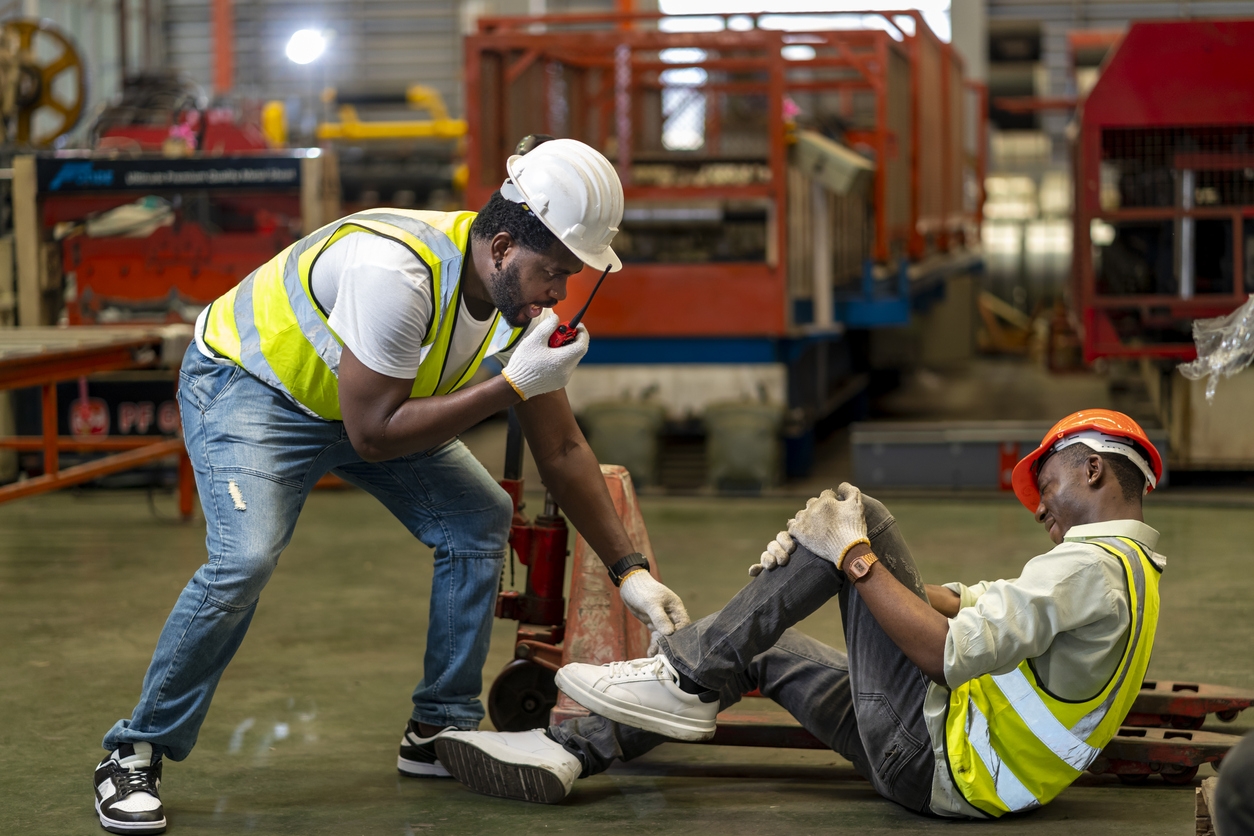
Development and Validation of a Total Worker Health® Climate Scale
Under the leadership of Dr. Emily Huang, Institute researchers are developing a new tool to measure, in real-time, an organization's strengths and opportunities for improvement in safety, health, and well-being. This scale will encompass three dimensions of Total Worker Health Climate and result in three sub-climate scores (Safety Climate using our current scale and newly-developed subscales of Physical Health Climate and Well-being Climate), culminating in a composite TWH Climate score.
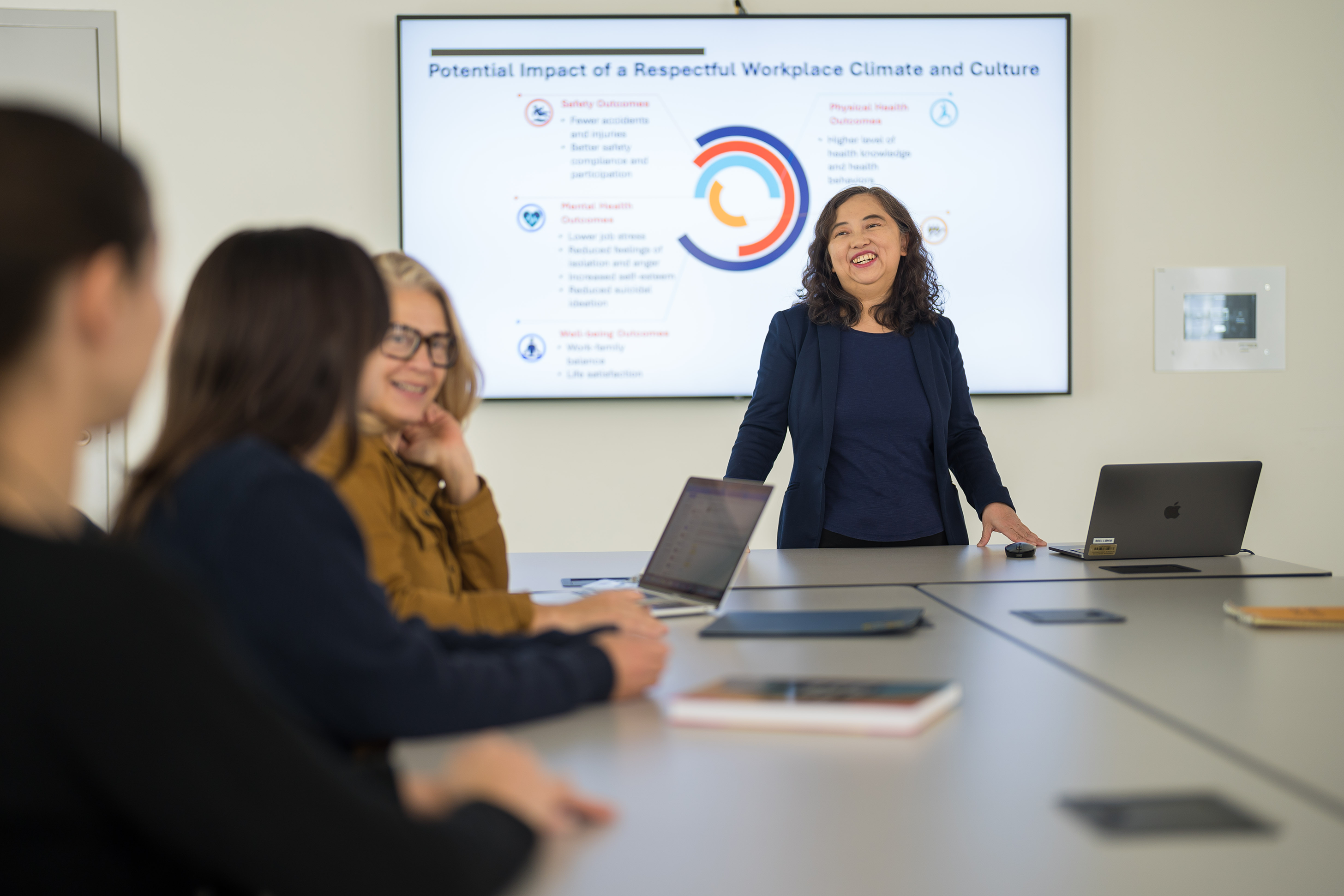
Workplace safety research projects
Our nationally recognized scientists are setting the stage for a thriving workforce and better health in Oregon and beyond. Workplace safety research at the Institute seeks to identify and understand the biological mechanisms associated with health-related risks posed by exposure to environmental extremes and pollutants. The sections below contain examples of research currently underway at the Institute.

Community of Practice and Safety Support (COMPASS)
Led by Dr. Ryan Olson, the COMPASS program is a peer-led social support group intervention designed to improve social resources, reduce the risk of injuries and promote health among caregivers. COMPASS is unique in that it addresses the lack of occupational social support structures for home care workers while also simultaneously targeting illness and injury prevention behaviors.

Work-life “check-ins” reduce employee burnout
The objective of this study, led by Dr. David Hurtado and his research team, is to conduct a cluster-randomized controlled trial to test the effectiveness of regular supervisor-staff check-ins in reducing burnout among primary care clinic employees via (1) addressing workflow breakdowns, (2) improving communication and trust alignment, and (3) providing information about health and safety resources.
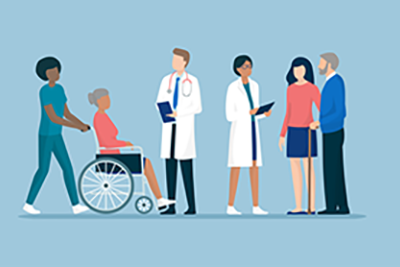
The Safety Integration Stakeholders program
This project, also led Associate Professor David Hurtado, aims to conduct a cluster randomized controlled trial in six rural hospitals. The team will test the central hypothesis that relative to usual practice controls, the three hospitals randomly assigned to the SAINTS program will have reduced risk factors for patient falls and patient- assist injuries 12 months after the end of the program.
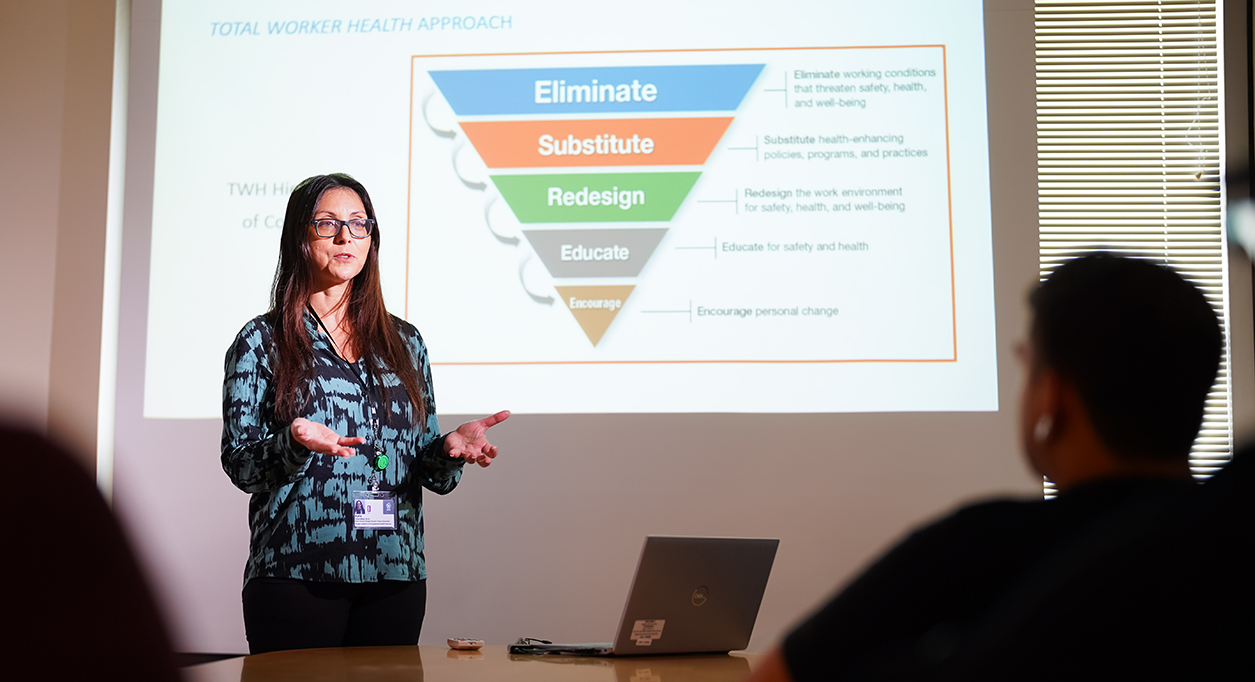
Examples of recent publications
Olson, R., Hess, J. A., Turk, D., Marino, M., Greenspan, L., Alley, L., ... & Rice, S. P. (2023). COMMunity of Practice And Safety Support for Navigating Pain (COMPASS-NP): study protocol for a randomized controlled trial with home care workers. Trials, 24(1), 1-15.
Hurtado, D. A., Greenspan, S. A., Valenzuela, S., McGinnis, W., Everson, T., & Lenhart, A. (2023, June). Promise and perils of leader-employee check-ins in reducing emotional exhaustion in primary care clinics: quasi-experimental and qualitative evidence. In Mayo Clinic Proceedings (Vol. 98, No. 6, pp. 856-867). Elsevier.
Olson R, Johnson PW, Shea SA, Marino M, Springer R, Rice SPM, Rimby J, Donovan C. The Tech4Rest randomized controlled trial: applying the hierarchy of controls to advance the sleep, health, and well-being of team truck drivers. J Occup Environ Med. 2023 Nov 1;65(11):937-948. doi: 10.1097/JOM.0000000000002941. Epub 2023 Aug 12. PMID: 37590443.
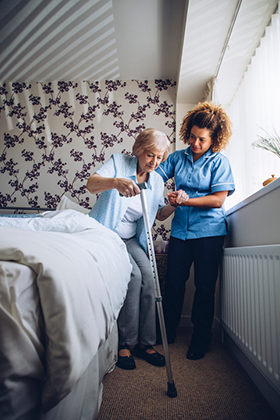
Faculty Labs
Nicole Bowles Lab
The Bowles Lab examines the roles of factors, including stress, health disparities, neuroendocrinology, circadian rhythms, sleep behavior, and cannabinoids on health and well-being.
Emily (Yueng-hsiang) Huang Lab
In the Huang Lab, researchers focus on improving the quality of life for individuals through building a healthy and safe workplace. The team achieves this through developing tools to assess and improve organizational culture and climate in ways that support workplace safety.
Leslie B. Hammer Lab
Researchers in the Hammer Lab specialize in the effects of workplace conditions and the role of supportive supervision on occupational stress, mental health, and well-being.
David A. Hurtado Lab
The Hurtado Lab conducts applied and epidemiological research on workplace and social determinants of health. Studies focus on the healthcare industry, high-risk marginalized workforces, and occupational health and safety issues.
Ryan B. Olson Lab (affiliate faculty)
The Olson Lab is focused on safety and health interventions for lone workers and on behavioral self-management methods. The goal of the research is to understand how organizations can best protect and promote health among workers who are physically isolated from peers.
Learn more about our work

Newsletter
Explore professional development opportunities, the latest updates from the Oregon Healthy Workforce Center and the Occupational Public Health Program, a research snapshot, and upcoming occupational health-focused events.

Blog
The Oregon and the Workplace Blog features the latest from OccHealthSci research, professional development opportunities, and valuable insights from disciplines associated with occupational health, safety, and well-being.
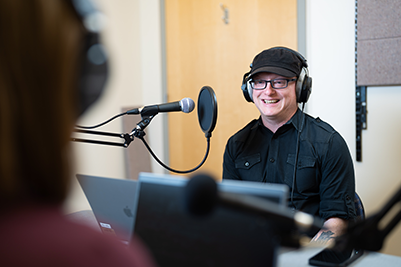
Podcast
The What's Work Got to Do with It podcast, produced by OccHealthSci, brings together occupational health, safety, and well-being experts to discuss the latest topics relating to worker health, well-being, and safety in Oregon and beyond.